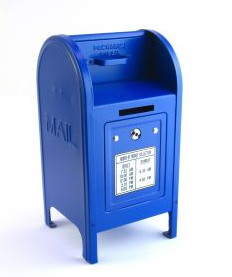
I’ve been thinking hard about painful problems that email analysis could solve, and one of them is the use of a corporation’s email store to discover internal colleagues who have existing relationships with an external company or person you want to talk to. For example, if you want to sell to IBM, maybe there’s someone in your team who’s already talking to someone there. Or internally, you might want an introduction to someone in another department to discuss a problem, and it would be good to know who in your team had contacts there already.
I was discussing these thoughts with George Eberstadt, co-founder of nTag, and he pointed me to a couple of successful companies who are already mining email to do this, Spoke and Contact Networks.
Spoke are interesting because they’re entirely client-based, rather than running on an organization’s whole message store. They work by taking data from everybody who’s running their Outlook add-on, along with information pulled from publicly available sources, and feeding into their own database. You can then search that yourself to find information on people you’re interested in contacting, and people you know who’ve already been in touch with them. It’s effectively creating a global social network largely based on the email patterns of everybody who belongs.
Technically, it sounds like they’re doing some interesting things, such as exchanging special emails to confirm that two people really do know each other, but when I tried for my own name, I didn’t get any useful information. I also am surprised that companies would allow the export of their employees email relationships to a third-party. It may just be that this is happening under the radar, but it seems like the sort of thing that a lot of companies would want some safeguards on. The service encourages individual employees to install the software themselves, without any warning that they might be opening up the organization’s data to third-party analysis. I know at a lot of the companies I deal with would frown on this, to say the least.
Contact Networks seem much more focused on selling to corporations as a whole, rather than individual employees. They build a social graph pulling from several sources internal to the company including email and calendars, CRM, marketing databases, HR and billing systems. They use this to identify colleagues who know a particular individual, which is a succinct description of a ‘painful problem’ that companies would be willing to pay money to solve. They seem to have been very successful, with lots of big-name clients and they were just bought out by Thomson.
It’s good to see how well Contact Networks have done, it’s proof there’s demand for the sort of services I’m thinking of, even if they have already solved the immediate problems I was considering.










